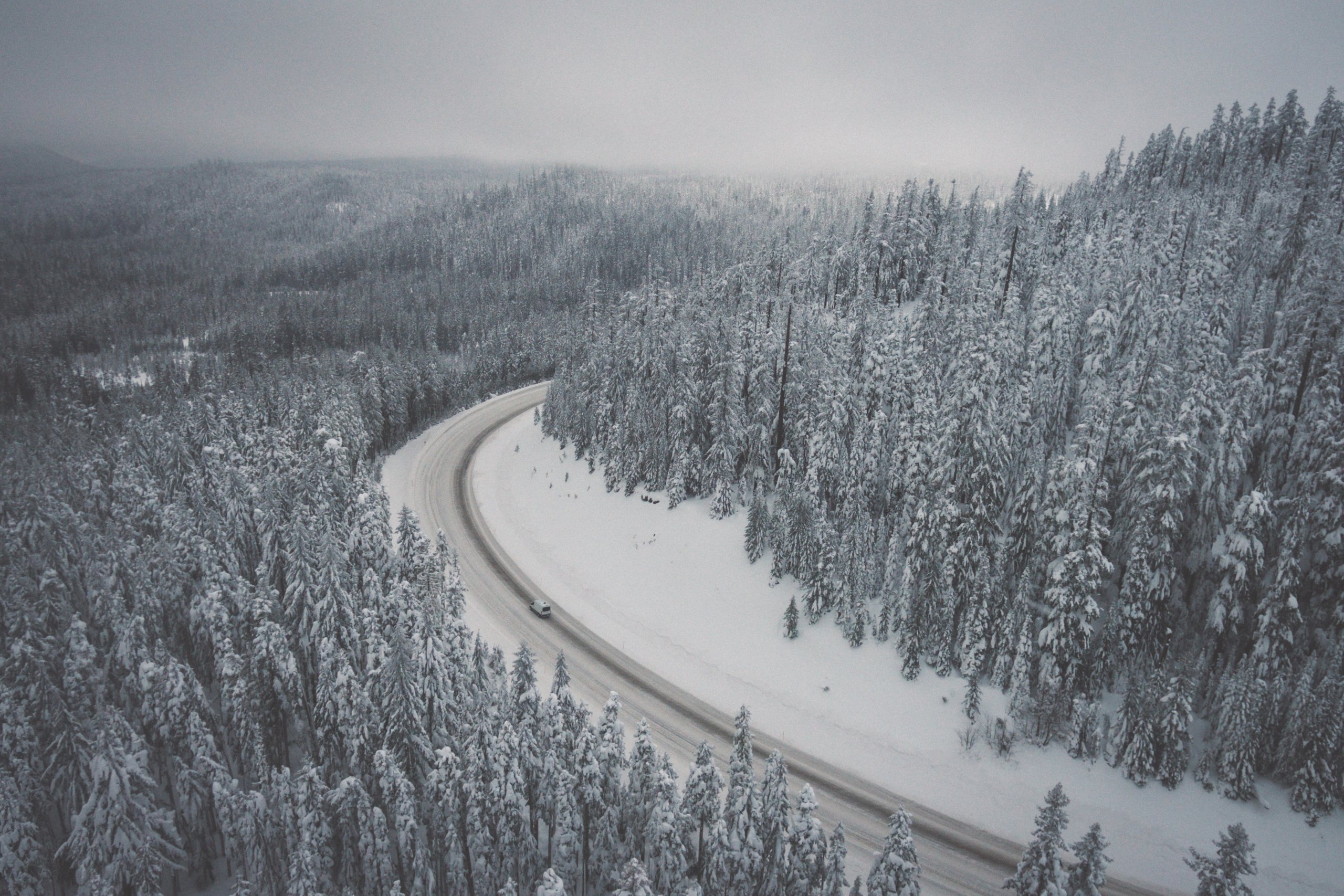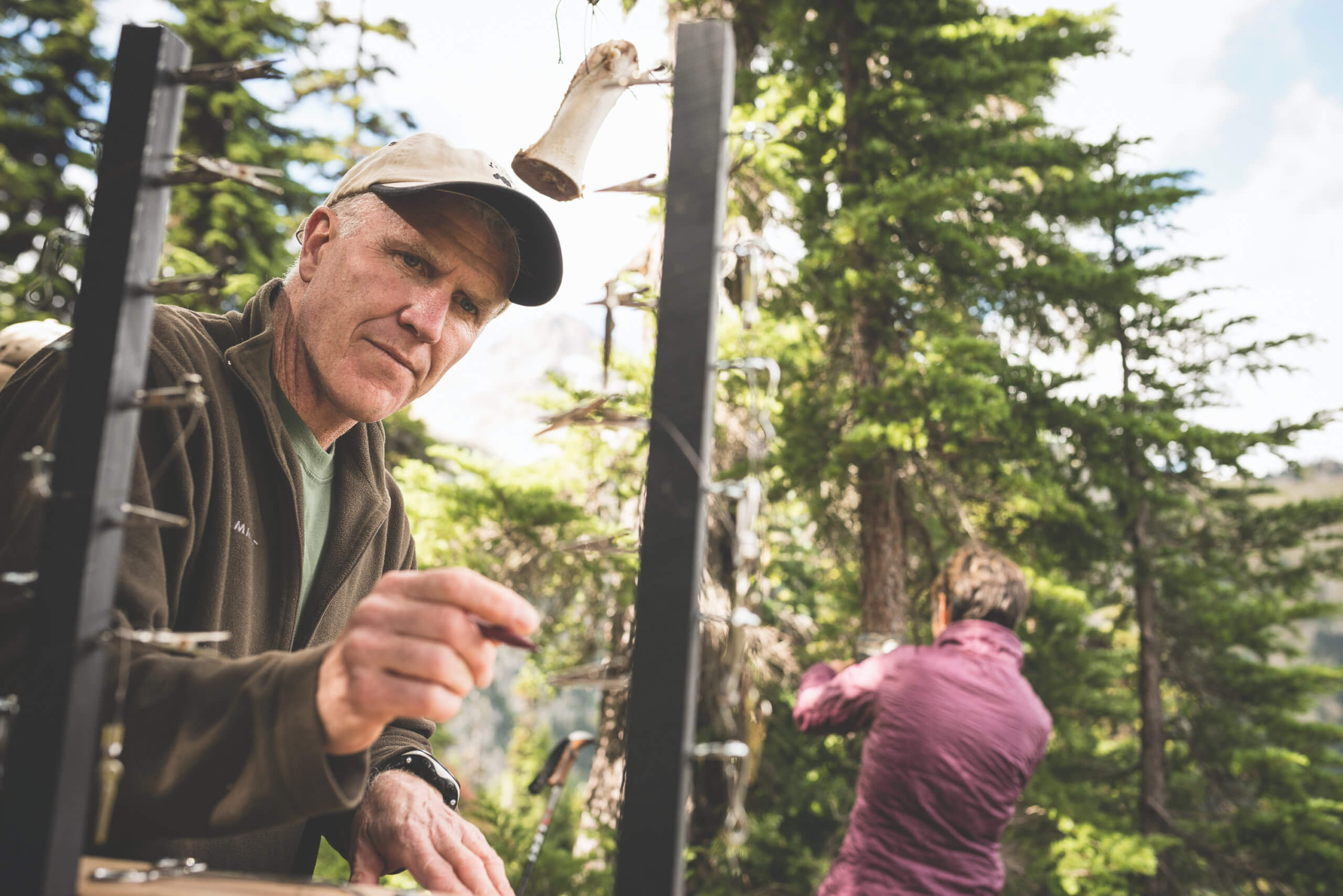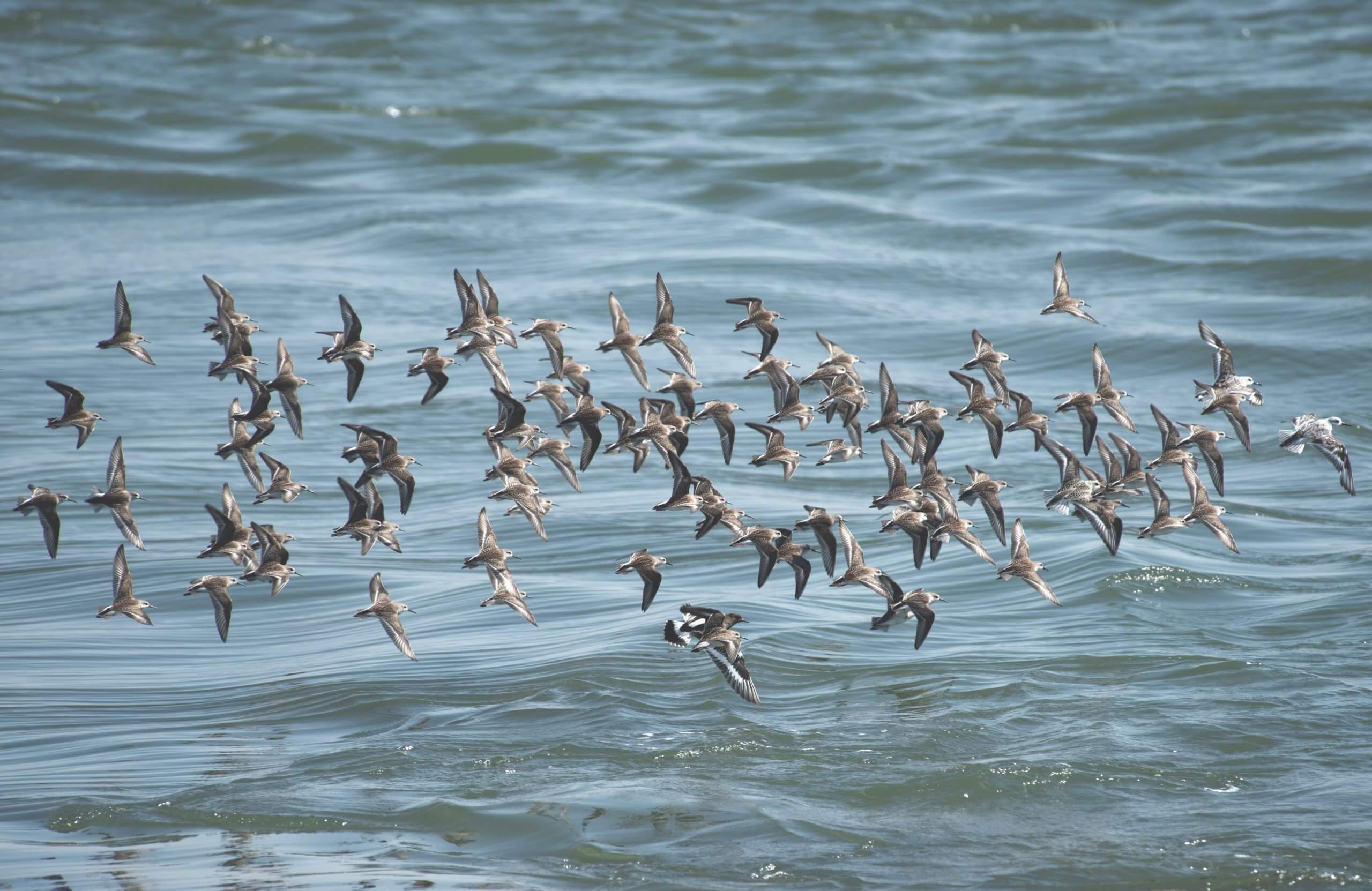This winter, I’ve had the privilege to witness a bunch of kids learning to ski (admittedly, while finally truly learning to ski myself). While supporting my daughters – one a future Bode Miller downhill-bomber, and one who’s slightly more cautious but still a strong skier – I was struck by the many parallels (pun intended) between learning to ski and learning to engage beyond your peers. Here are a few high-altitude observations about how the two relate:
Letting go may be the secret to your success
If you only ever snowplow (or as my kids were learning – “pizza”) your way down the mountain, with your legs spread wide apart, you will never truly experience what it feels like to parallel ski, get up on your edges, and fly down the mountain (and your knees will hurt like hell). Similarly, if you play it safe, stick to just doing your research, and don’t venture outside of your comfort zone (not allowing yourself to be part of the story, not allowing your true self to shine through, or perhaps never engaging beyond your peers at all), you’ll never experience the rewards of your science having the impact that it could. If you want to shape the public discourse on a topic, you need to share your work beyond your peers and find your edges.
It’s not as risky as you think
We tend to think of skiing (and other winter sports) as being inherently risky. Yet the average injury rate for skiing is lower than that of soccer or rugby, and the fatality rates are much higher for water sports than winter sports. Our perceived risks are much higher than the actual risk. Likewise, many scientists are fearful of engaging. You fear losing credibility with your peers. You fear being labeled an advocate, or something worse. There are few rewards in academia for this kind of work. You already have too much on your plate. The cultures of journalists and policymakers are unfamiliar to you – you are a stranger in a strange land. But I suspect that, like skiing, engaging beyond your peers may not actually be as risky as you think. And importantly, many of the risks associated with communicating your science are cultural norms, reward systems, and peer-to-peer interactions from within the academy. In other words, the greatest risks are born from things that you have the potential to change.
My wild child (who a few weeks ago said she didn’t like to turn because it slowed her down too much) skis very differently than her sister. But what I’ve enjoyed most about watching them learn to ski is how much they both truly love and embrace the sport – they ski the same runs, even if at a slightly different pace and each with their own style. Their goals are the same – to have fun – but they achieve them in different ways. In the same vein, you and your colleagues may have very different comfort zones when it comes to engagement. You might prefer to express your views by writing op-eds or engaging with local decision-makers, while your collaborator is more comfortable talking to the press or engaging with high-profile policymakers. But in the end, you can both be working towards the same aims. There is rarely one right path to transforming the dialogue. And in fact, today’s exploding world of science communication platforms presents you with myriad opportunities to engage.
In the end, I think engaging is worth the risk. In fact, it’s a risk scientists must take to build a sustainable world for future generations. Carve your path down the slopes. Find the ways that you’re best-suited to be an agent of change in the world. Find your voice and get up on your edges. My colleagues and I at COMPASS are here to support you.


